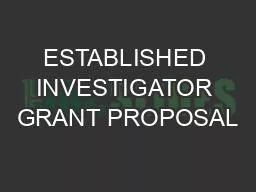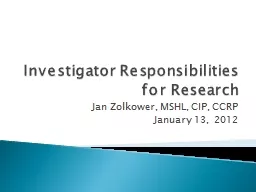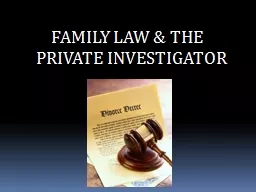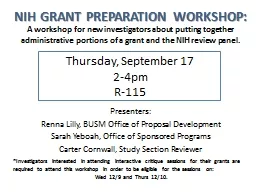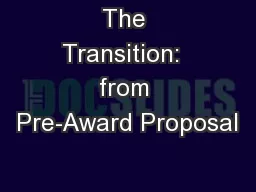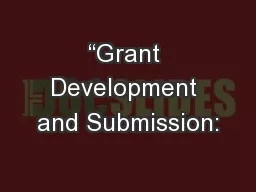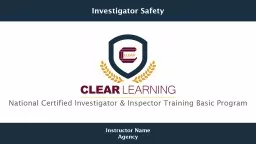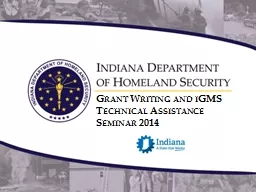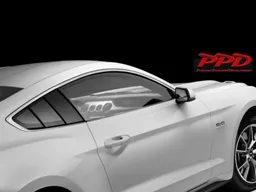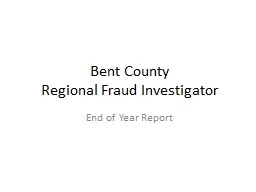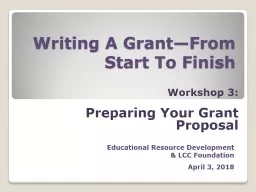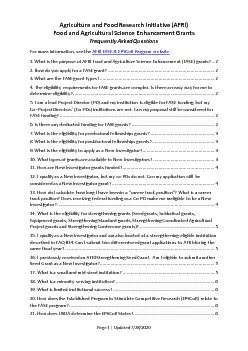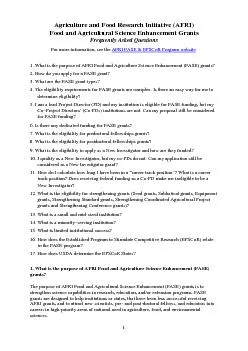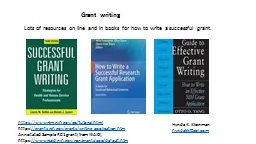PDF-ESTABLISHED INVESTIGATOR GRANT PROPOSAL
Author : melody | Published Date : 2021-10-05
Revised July2020PROGRAM SUMMARYThe mission of Morris Animal Foundation is to bridge science and resources to advance the health of animals To achieve this aim we
Presentation Embed Code
Download Presentation
Download Presentation The PPT/PDF document "ESTABLISHED INVESTIGATOR GRANT PROPOSAL" is the property of its rightful owner. Permission is granted to download and print the materials on this website for personal, non-commercial use only, and to display it on your personal computer provided you do not modify the materials and that you retain all copyright notices contained in the materials. By downloading content from our website, you accept the terms of this agreement.
ESTABLISHED INVESTIGATOR GRANT PROPOSAL: Transcript
Download Rules Of Document
"ESTABLISHED INVESTIGATOR GRANT PROPOSAL"The content belongs to its owner. You may download and print it for personal use, without modification, and keep all copyright notices. By downloading, you agree to these terms.
Related Documents

